Section 1 - Chemical Product
?
MSDS Name:Isobutyl isobutyrate 99% (gc) Material Safety Data Sheet
Synonym:2-Methylpropyl isobutyrate; 2-Methylpropyl 2-methylpropanoate; Propanoic acid, 2-methyl-, 2-methylpropyl este
Section 2 - COMPOSITION, INFORMATION ON INGREDIENTS
| CAS# |
Chemical Name |
content |
EINECS# |
| 97-85-8 |
Isobutyl isobutyrate |
99 |
202-612-5 |
Hazard Symbols: None Listed.
Risk Phrases: 10
Section 3 - HAZARDS IDENTIFICATION
?
EMERGENCY OVERVIEW
Flammable.
Potential Health Effects
Eye:
May cause eye irritation.
Skin:
May cause skin irritation. May be absorbed through the skin.
Ingestion:
May cause gastrointestinal irritation with nausea, vomiting and diarrhea. Ingestion of large amounts may cause CNS depression.
Inhalation:
Aspiration may lead to pulmonary edema. Vapors may cause dizziness or suffocation. Vapor or mist is irritating to the mucous membranes and upper respiratory tract. Inhalation at high concentrations may cause CNS depression and asphixiation. May cause burning sensation in the chest.
Chronic:
No information found.
Section 4 - FIRST AID MEASURES
?
Eyes: Flush eyes with plenty of water for at least 15 minutes, occasionally lifting the upper and lower eyelids. Get medical aid immediately.
Skin:
Get medical aid immediately. Flush skin with plenty of water for at least 15 minutes while removing contaminated clothing and shoes.
Ingestion:
Get medical aid immediately. Do NOT induce vomiting. If conscious and alert, rinse mouth and drink 2-4 cupfuls of milk or water.
Inhalation:
Get medical aid immediately. Remove from exposure and move to fresh air immediately. If not breathing, give artificial respiration. If breathing is difficult, give oxygen.
Notes to Physician:
Section 5 - FIRE FIGHTING MEASURES
?
General Information:
As in any fire, wear a self-contained breathing apparatus in pressure-demand, MSHA/NIOSH (approved or equivalent), and full protective gear. Water runoff can cause environmental damage. Dike and collect water used to fight fire. Vapors may form an explosive mixture with air. Vapors can travel to a source of ignition and flash back. During a fire, irritating and highly toxic gases may be generated by thermal decomposition or combustion. Will burn if involved in a fire. Use water spray to keep fire-exposed containers cool. Will react with water to form toxic and corrosive fumes.
Flammable liquid and vapor. Containers may explode when heated.
Extinguishing Media:
Use water spray to cool fire-exposed containers. Water may be ineffective. Do NOT use straight streams of water. In case of fire, use carbon dioxide, dry chemical powder or appropriate foam.
Section 6 - ACCIDENTAL RELEASE MEASURES
?
General Information: Use proper personal protective equipment as indicated in Section 8.
Spills/Leaks:
Avoid runoff into storm sewers and ditches which lead to waterways.
Clean up spills immediately, observing precautions in the Protective Equipment section. Cover with sand, dry lime or soda ash and place in a closed container for disposal. Remove all sources of ignition. Use a spark-proof tool. A vapor suppressing foam may be used to reduce vapors.
Section 7 - HANDLING and STORAGE
?
Handling:
Wash thoroughly after handling. Remove contaminated clothing and wash before reuse. Use only in a well-ventilated area. Ground and bond containers when transferring material. Use spark-proof tools and explosion proof equipment. Avoid contact with eyes, skin, and clothing. Keep container tightly closed. Keep away from heat, sparks and flame. Use only in a chemical fume hood. Do not pressurize, cut, weld, braze, solder, drill, grind, or expose empty containers to heat, sparks or open flames.
Storage:
Keep away from heat, sparks, and flame. Keep away from sources of ignition. Store in a cool, dry place. Store in a tightly closed container. Flammables-area.
Section 8 - EXPOSURE CONTROLS, PERSONAL PROTECTION
?
Engineering Controls:
Facilities storing or utilizing this material should be equipped with an eyewash facility and a safety shower. Use adequate general or local explosion-proof ventilation to keep airborne levels to acceptable levels.
Exposure Limits CAS# 97-85-8: Personal Protective Equipment Eyes: Wear appropriate protective eyeglasses or chemical safety goggles as described by OSHA's eye and face protection regulations in 29 CFR 1910.133 or European Standard EN166.
Skin:
Wear appropriate protective gloves to prevent skin exposure.
Clothing:
Wear appropriate protective clothing to prevent skin exposure.
Respirators:
A respiratory protection program that meets OSHA's 29 CFR 1910.134 and ANSI Z88.2 requirements or European Standard EN 149 must be followed whenever workplace conditions warrant respirator use. Follow the OSHA respirator regulations found in 29 CFR 1910.134 or European Standard EN 149. Use a NIOSH/MSHA or European Standard EN 149 approved respirator if exposure limits are exceeded or if irritation or other symptoms are experienced.
Section 9 - PHYSICAL AND CHEMICAL PROPERTIES
?
Physical State: Clear liquid
Color: clear, colorless
Odor: fruity odor
pH: Not available.
Vapor Pressure: 4.33 mm Hg @ 25 deg C
Viscosity: Not available.
Boiling Point: 148 deg C
Freezing/Melting Point: -81 deg C
Autoignition Temperature: 432 deg C ( 809.60 deg F)
Flash Point: 38 deg C ( 100.40 deg F)
Explosion Limits, lower: .96% (vol)
Explosion Limits, upper: 7.59% (vol)
Decomposition Temperature: Not available.
Solubility in water: Insoluble.
Specific Gravity/Density: .8540g/cm3
Molecular Formula: C8H16O2
Molecular Weight: 144.21
Section 10 - STABILITY AND REACTIVITY
?
Chemical Stability:
Stable under normal temperatures and pressures.
Conditions to Avoid:
Incompatible materials, ignition sources, excess heat.
Incompatibilities with Other Materials:
Strong oxidizing agents, strong bases.
Hazardous Decomposition Products:
Carbon monoxide, irritating and toxic fumes and gases, carbon dioxide.
Hazardous Polymerization: Has not been reported
Section 11 - TOXICOLOGICAL INFORMATION
?
RTECS#:
CAS# 97-85-8: NQ5250000 LD50/LC50:
CAS# 97-85-8: Inhalation, rat: LC50 = 5000 ppm/6H; Oral, rat: LD50 = 12800 mg/kg; Skin, rabbit: LD50 = >8600 mg/kg.
Skin, rabbit: LD50 >8600 Carcinogenicity:
Isobutyl isobutyrate - Not listed by ACGIH, IARC, or NTP.
Other:
See actual entry in RTECS for complete information.
Section 12 - ECOLOGICAL INFORMATION
?
Other No information available.
Section 13 - DISPOSAL CONSIDERATIONS
?
Dispose of in a manner consistent with federal, state, and local regulations.
Section 14 - TRANSPORT INFORMATION
?
IATA
Shipping Name: ISOBUTYL ISOBUTYRATE
Hazard Class: 3
UN Number: 2528
Packing Group: III
IMO
Shipping Name: ISOBUTYL ISOBUTYRATE
Hazard Class: 3.3
UN Number: 2528
Packing Group: III
RID/ADR
Shipping Name: ISOBUTYL ISOBUTYRATE
Hazard Class: 3
UN Number: 2528
Packing group: III
Section 15 - REGULATORY INFORMATION
?
European/International Regulations
European Labeling in Accordance with EC Directives
Hazard Symbols: Not available.
Risk Phrases:
R 10 Flammable.
Safety Phrases:
S 16 Keep away from sources of ignition - No
smoking.
WGK (Water Danger/Protection)
CAS# 97-85-8: 1
Canada
CAS# 97-85-8 is listed on Canada's DSL List.
CAS# 97-85-8 is not listed on Canada's Ingredient Disclosure List.
US FEDERAL
TSCA
CAS# 97-85-8 is listed on the TSCA inventory.
SECTION 16 - ADDITIONAL INFORMATION N/A
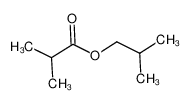


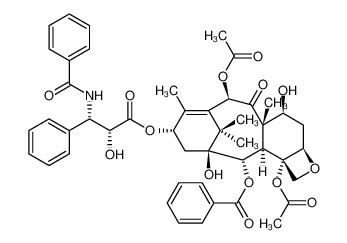

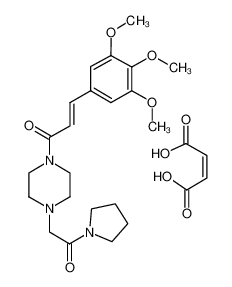
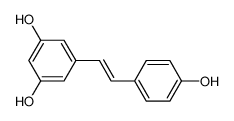






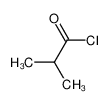




-
-
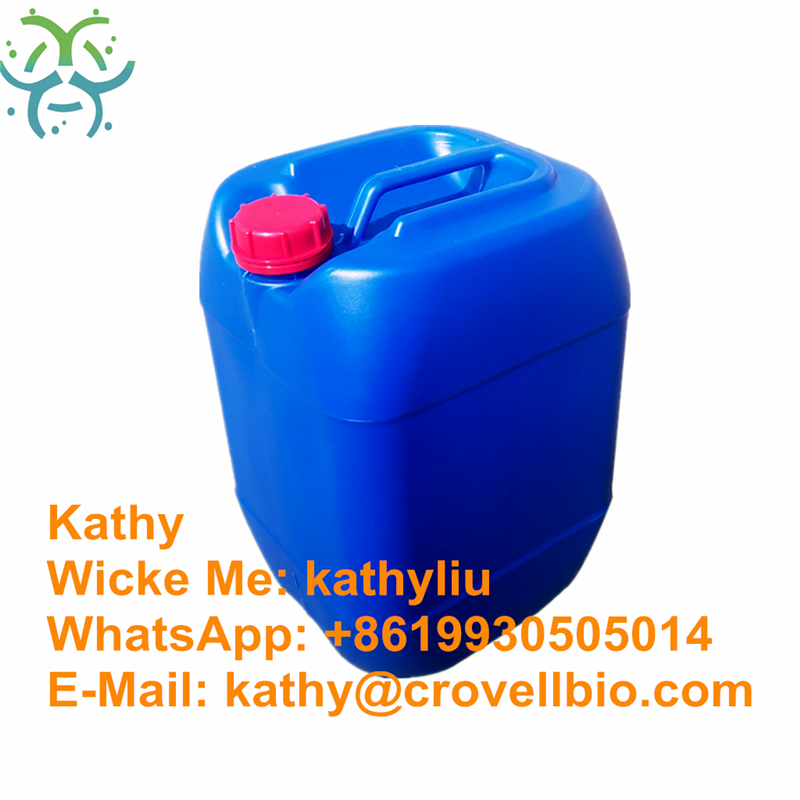
-
-
-

-
-
-

-
-
-
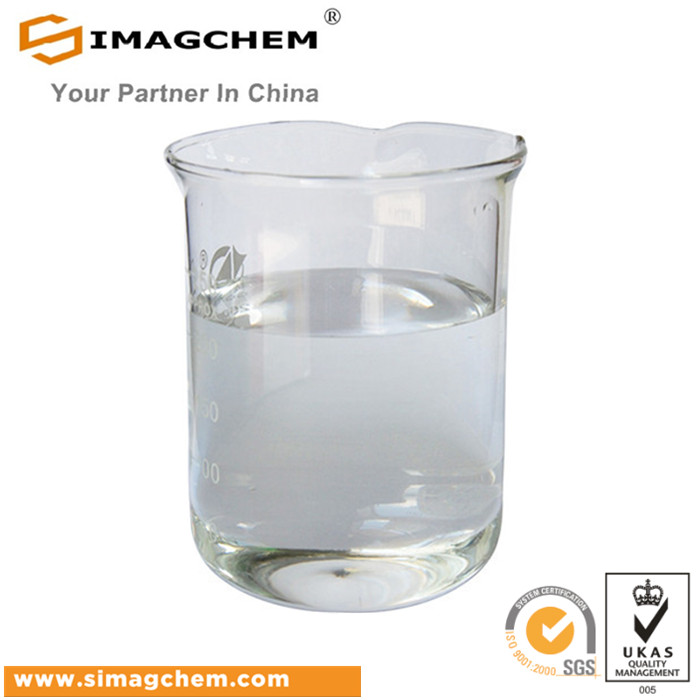
-
-
-

-
-
-

-
-
-

-
-
-

-
-
-
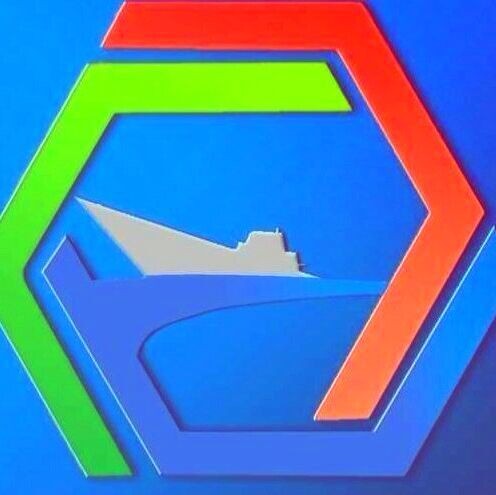
-
-
-
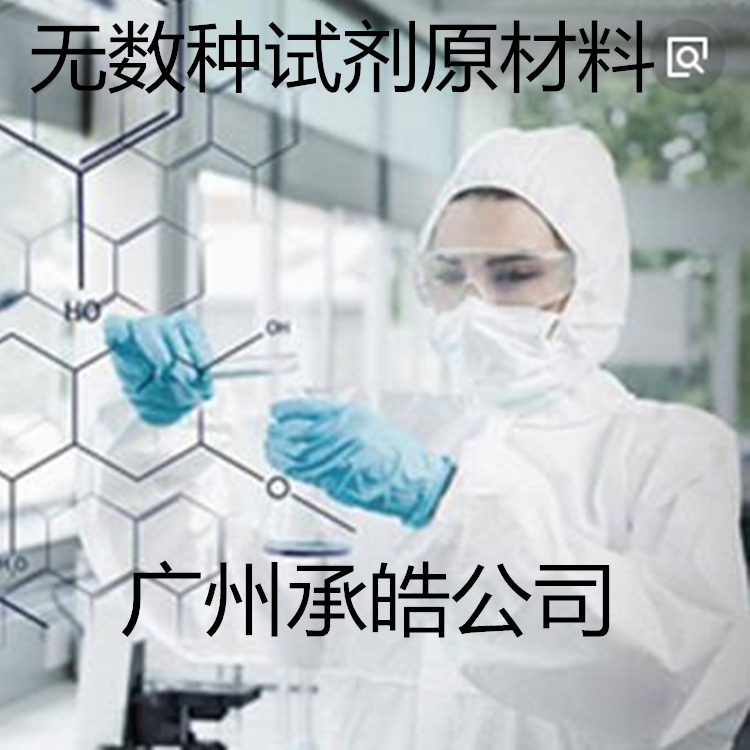
-
More Suppliers>>CHINA
Purity: 99.99%
Lead Time: 1 Day(s)
Price: Min $66 /kg
Changzhou Xinxinglian Biotechnology Co., Ltd.
CHINA
Purity: 98%
Lead Time: 7 Day(s)
Price: -
Hangzhou J&H Chemical Co., Ltd.
CHINA
Purity: 98%
Lead Time: 7 Day(s)
Price: -
Xiamen Zhixin Chemical Co., Ltd.
CHINA
Purity: 99%
Lead Time: 3 Day(s)
Price: -
Henan Coreychem Co.,Ltd
CHINA
Purity: 0.98%
Lead Time: 3 Day(s)
Price: -
Hangzhou DayangChem Co., Ltd
CHINA
Purity: 98%
Lead Time: 7 Day(s)
Price: -
Skyrun Industrial Co., Limited
CHINA
Purity: 99%
Lead Time: 7 Day(s)
Price: -
Hangzhou Bingochem Co., Ltd.
CHINA
Purity: 98%
Lead Time: 7 Day(s)
Price: -
Yunjian (Guangzhou) Import and Export Trade Co., Ltd.
CHINA
Purity: 99%
Lead Time: 3 Day(s)
Price: Min $16.67 /ml
Guangzhou Chenghao Trading Co., Ltd.
CHINA
Purity: 99%
Lead Time: 1 Day(s)
Price: -